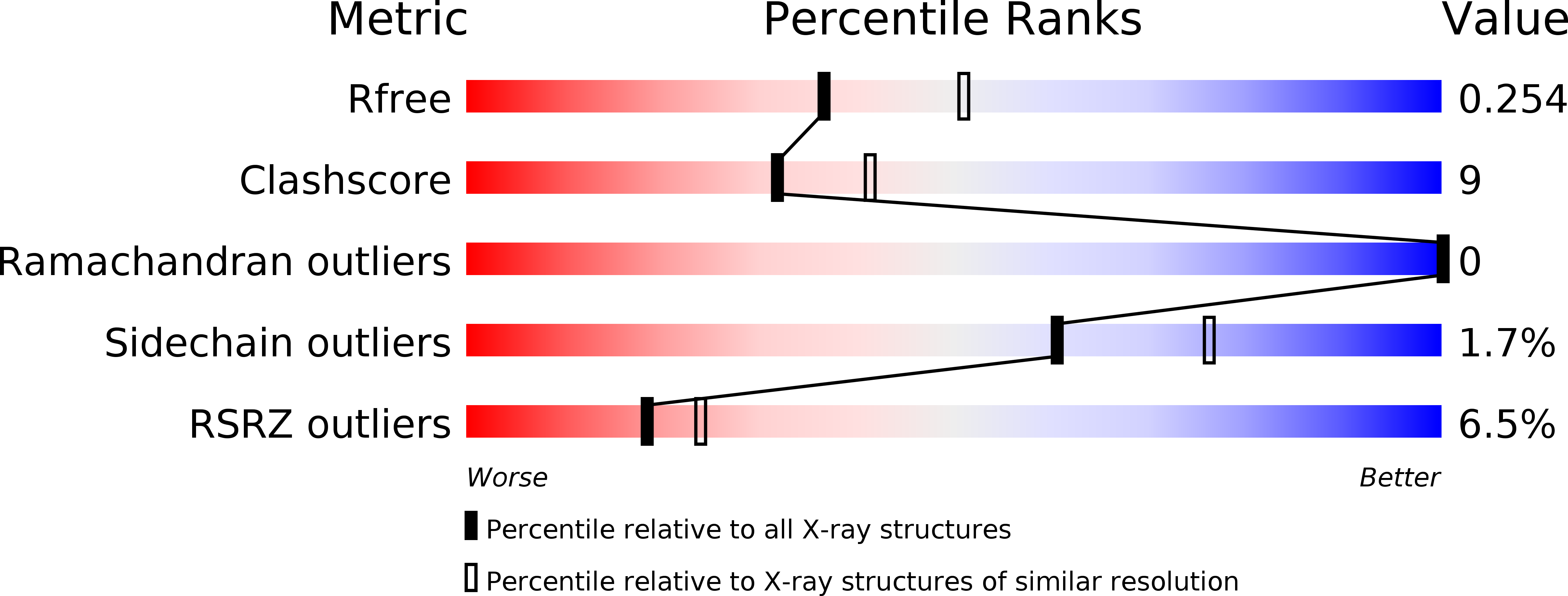
Deposition Date
2009-05-15
Release Date
2009-07-07
Last Version Date
2024-11-27
Entry Detail
PDB ID:
3HHF
Keywords:
Title:
Structure of CrgA regulatory domain, a LysR-type transcriptional regulator from Neisseria meningitidis.
Biological Source:
Source Organism:
Neisseria meningitidis serogroup B (Taxon ID: 491)
Host Organism:
Method Details:
Experimental Method:
Resolution:
2.30 Å
R-Value Free:
0.25
R-Value Work:
0.20
R-Value Observed:
0.20
Space Group:
P 1 21 1


